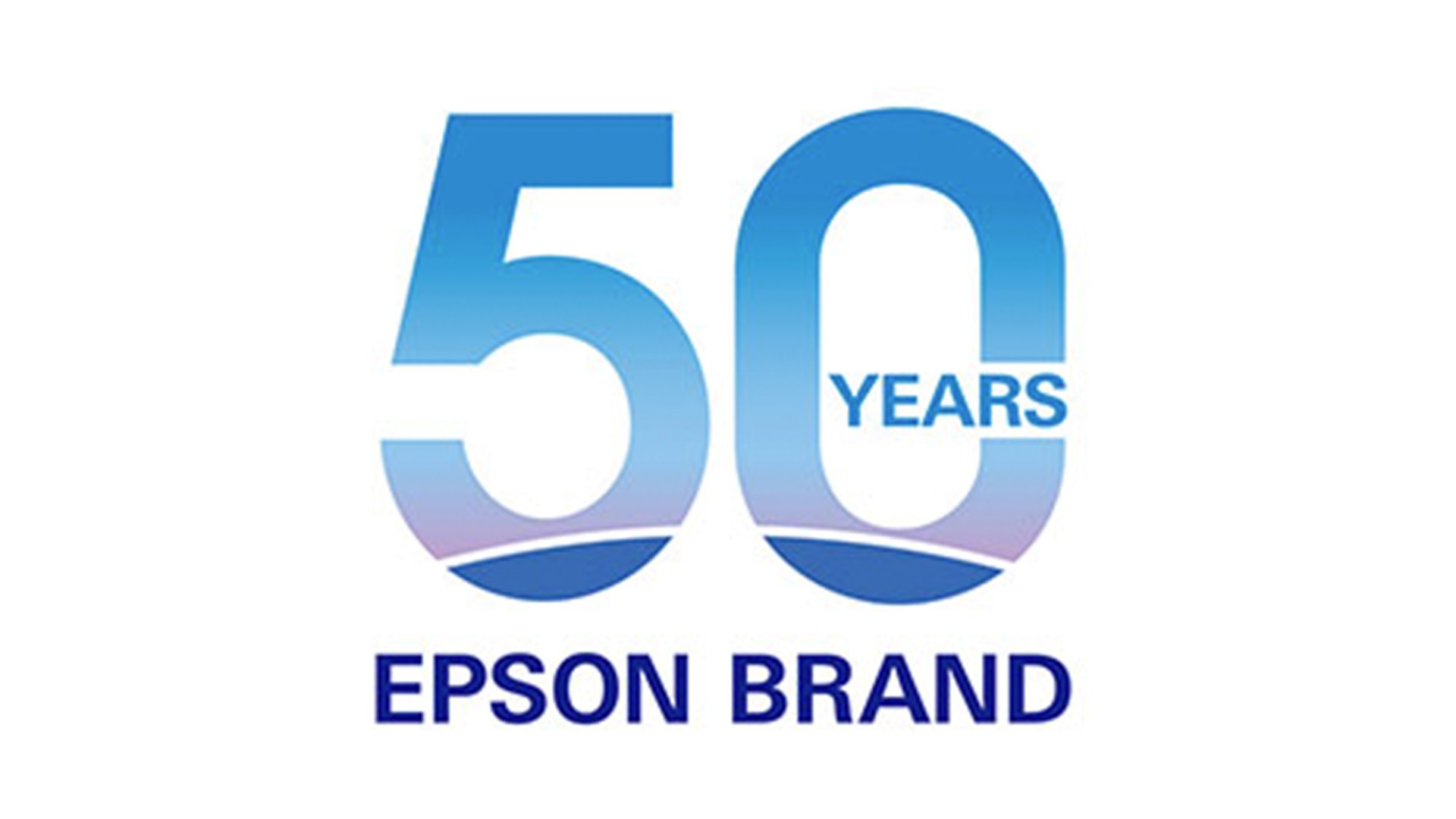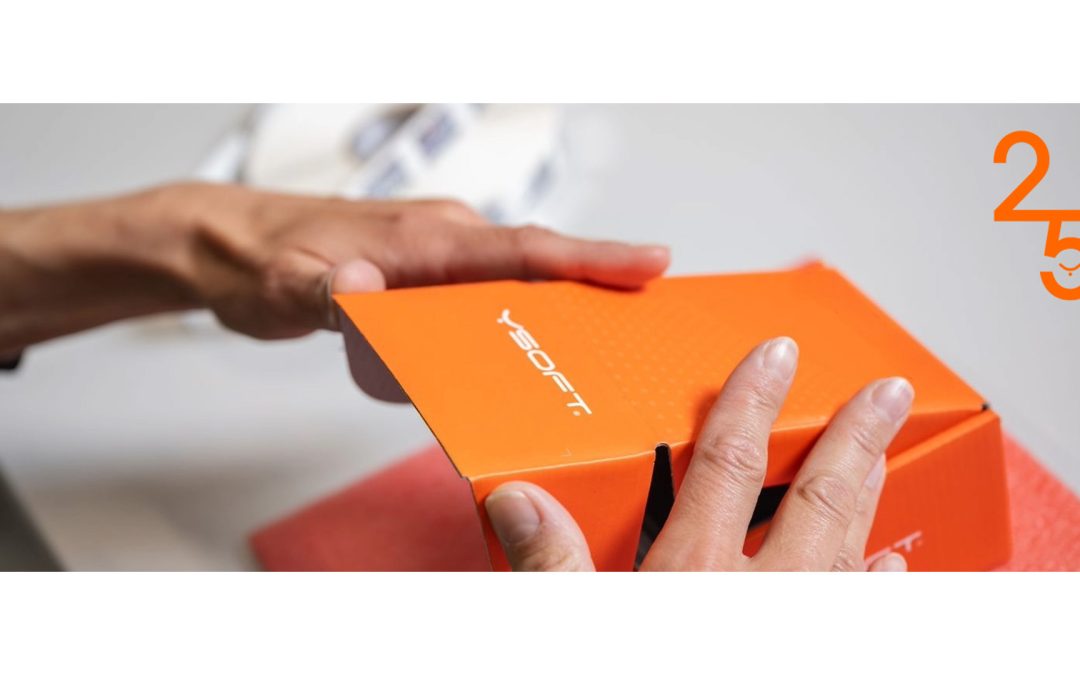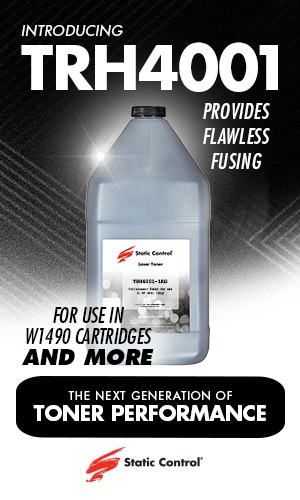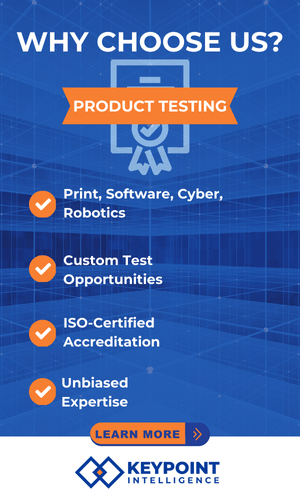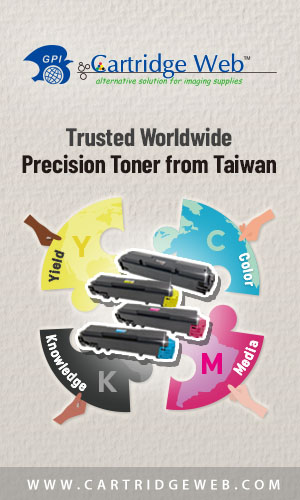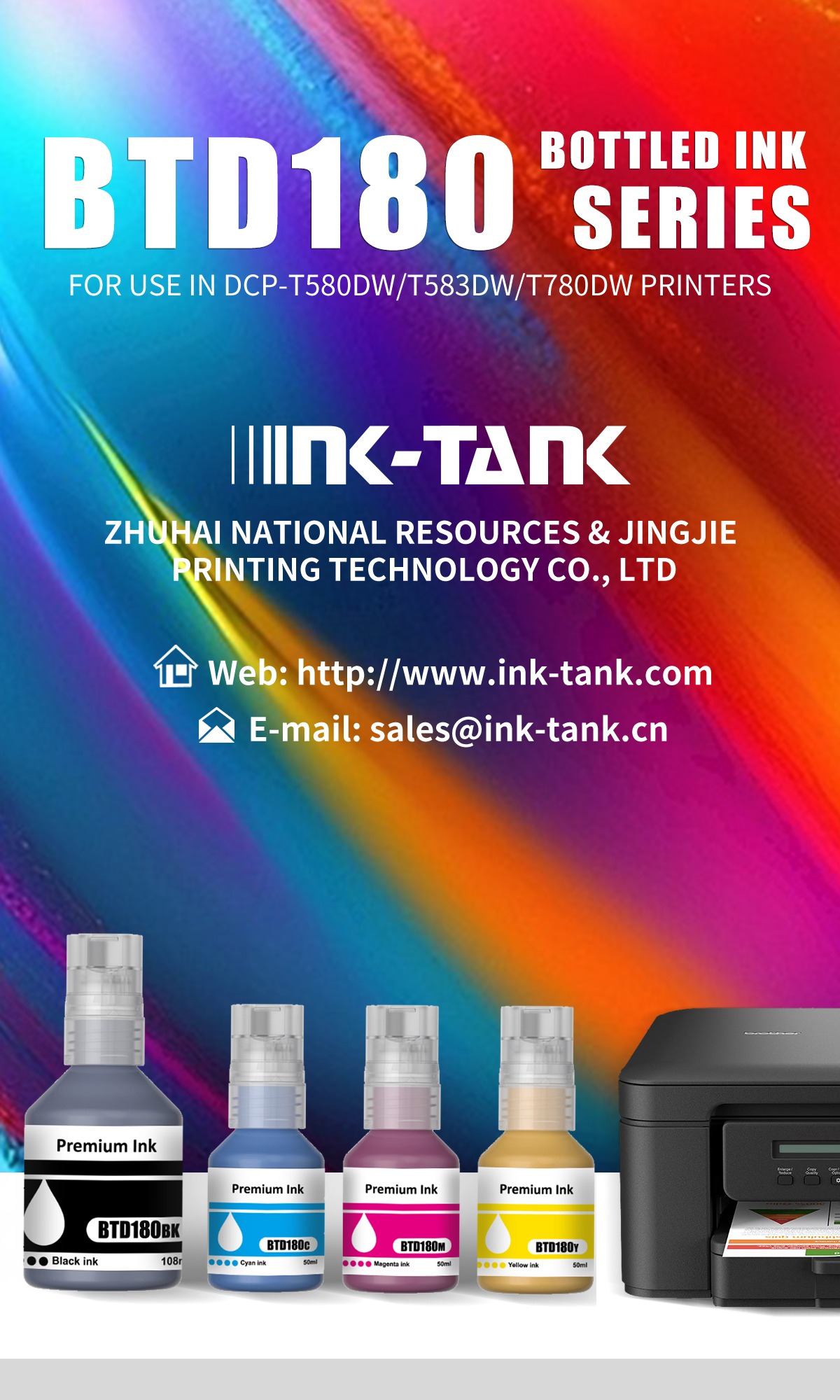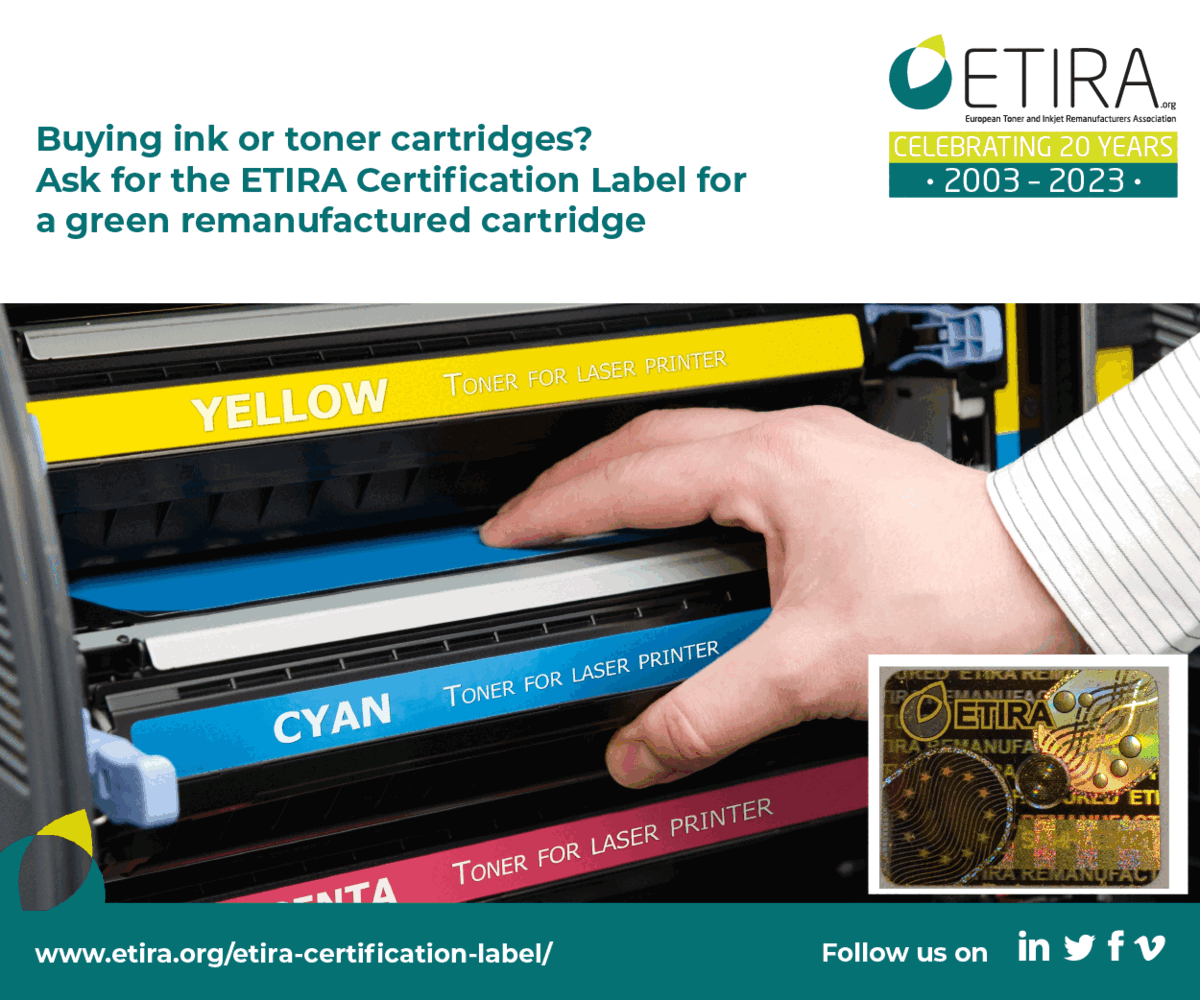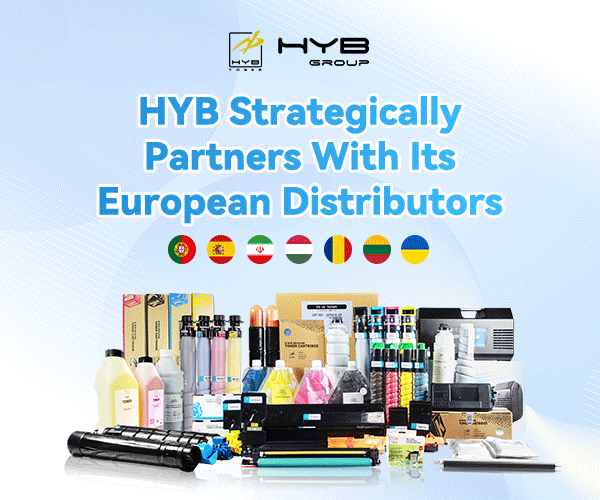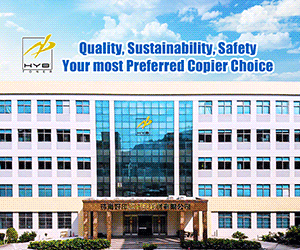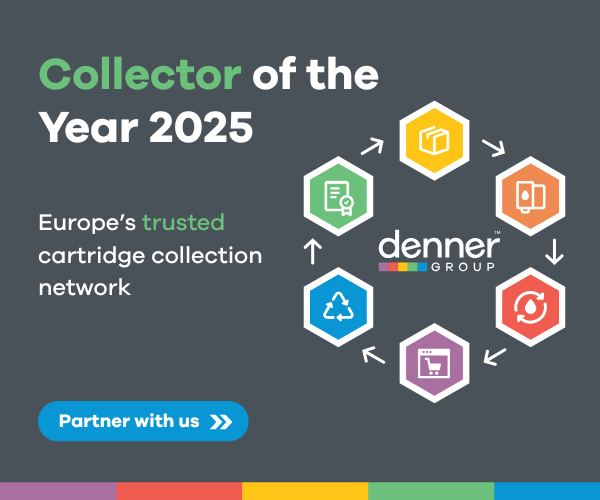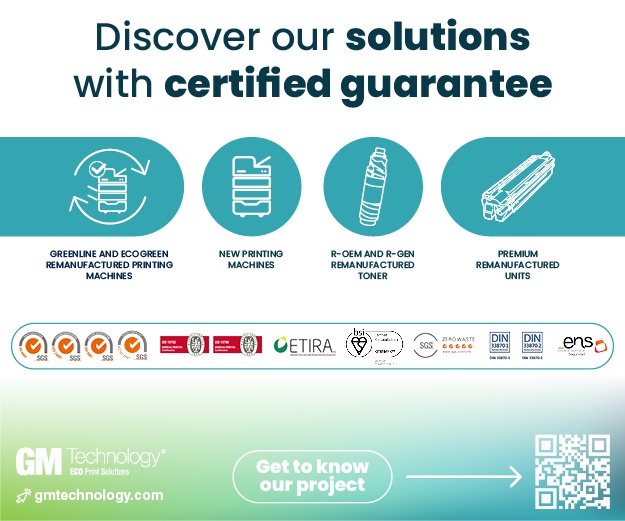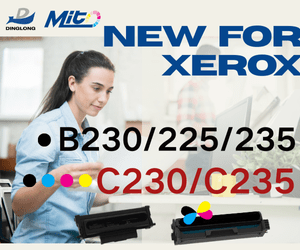Seiko Epson Corporation (Epson) announced that the Epson brand celebrates its 50th anniversary.
As a company, Epson traces its roots back to 1942 and the watchmaking industry. For more than eight decades, Epson has continued to advance the efficient, compact and precise technologies that it first developed for watches and that have become a part of the DNA that has been passed down from generation to generation.
Leveraging these core technologies and adhering to the founding principles of “Integrity and Effort” and “Creativity and Challenge,” Epson says it has continued to innovate, creating innumerable products and abundant value. Company sales have expanded along with its sales network, which spans the world, from the Americas to Asia, Europe, and other regions in between.
Epson said: “Our network of manufacturing sites and service and support organizations has also expanded globally. Working closely with our sites around the world, we have expanded our customer base and earned deep trust along the way.”
Epson launched its first information equipment product, the compact and lightweight EP-101 digital electronic printer, in 1968. It was this printer that served as the impetus for the creation of the Epson brand, in 1975. The brand name reflects the company’s hopes of preserving the value of the electronic printer (EP) while continuing to create many valuable derivatives (SONs). This brand embodies a desire to capitalise on the company’s unique efficient, compact and precise technologies to deliver innovative products and services that provide value to people around the world.
Years of effort eventually culminated, in 1993, with the release of the MJ-500, an inkjet printer equipped with Epson’s proprietary Micro Piezo ink ejection technology. The following year, Epson launched the MJ-700V2C, the world’s first printer to deliver high-resolution (720 dpi) at an affordable price (less than ¥100,000 ($696/ €602)). Epson was thus instrumental in creating a new culture of printing high-quality photos at home. Later, in 2010, feedback from business users in emerging markets convinced us to develop and launch a printer equipped with high-capacity ink tanks.
Epson’s high-capacity ink tank printers are currently sold in 170 countries and regions around the world, and cumulative sales have surpassed 100 million units.
Micro Piezo technology continued to evolve, with Epson developing next-generation printhead technology called “PrecisionCore.” PrecisionCore has made it possible to develop a wide range of products, not only for the home and office but also for commercial and industrial applications.
For offices, the LX-10000F, a high-speed linehead inkjet multifunction printer released in 2017, delivers 100 sheets per minute.
In the commercial and industrial printing sectors, Epson entered the large-format printer market for professional graphic applications in 2000. Today, Epson is known as the standard inkjet printer for photographers and digital proof printing. The Monna Lisa 160B, a digital textile printing machine launched in 2003, has earned high praise from designers and the textile industry for its ability to produce a wide variety of products in small quantities, its low waste and small environmental footprint, and its ability to render details on fabrics.
Furthermore, in 2010, as production shifted toward short-run print jobs and product life cycles shortened in industries such as food, beverages, and cosmetics, Epson launched the SurePress series of digital label presses to meet the diverse printing needs of the commercial and industrial sectors.
The liquid crystal technology Epson initially developed for LCD watches found use in a new application: projectors. The company’s first projector was the VPJ-700, a compact full-colour LCD video projector released in 1989. This was followed, in 1994, by the ELP-3000, which delivered triple the brightness of conventional models despite its compact and lightweight design.
At the heart of these and subsequent projectors are high-temperature polysilicon (HTPS) panels, crucial devices that determine the performance of a projector. Epson’s HTPS panels are produced using advanced microfabrication technology like that used in semiconductor fabrication.
In 2016, with further miniaturisation of the optical engine and improved cooling performance, Epson launched a high-lumen laser projector, the EB-L25000U. This projector boasted 25,000 lumens of brightness, making it the world’s brightness 3LCD system with a laser light source.
Since its founding, the company has worked to enhance the production efficiency of its first business – watch manufacturing – by streamlining design, introducing division of labour in assembly (belt-line system), and promoting automation, and Epson has also independently developed and introduced our own robots into manufacturing.
Epson added: “We have always been driven by a spirit of creativity and challenge. In 1969, with the goal of providing more accurate timepieces, we developed the world’s first commercial quartz watch. In 1982, we introduced a TV watch, and in 1988, we developed a self-winding quartz watch. Even today, we continue to develop and manufacture quartz watches and mainspring-driven watches that achieve high accuracy comparable to quartz watches. Meanwhile, Seiko Epson acquired mechanical watch manufacturer Orient Watch Company in 2009 and owns the Orient Star and Orient brands.”
Epson also developed quartz crystal devices for the world’s first quartz watch. Today, these tiny, low-power devices are used as high-accuracy timing devices in smartphones and wearable products as well as in applications that require precise measurement of position, attitude, and speed. This has led to their use in applications such as attitude control for tractors and drones in precision agriculture, as well as in communications base stations and products used to monitor aging infrastructure.
Epson has established production and sales sites around the world in order to deliver value to customers through its products and services. Its overseas expansion began in 1968 with the manufacture of watch cases in Singapore. The company has since expanded production globally and have major sites in China, Indonesia, and the Philippines.
Epson established its first overseas sales company in 1975, in the U.S. Epson America served as a strategic first step for responding to the rapidly growing computer market at the time and to accelerate global business development. In 2023, Epson established a sales company in Dubai, United Arab Emirates, to better serve and accelerate its expansion in the fast-growing emerging markets in the Middle East, Africa, Central Asia and surrounding markets.
Epson commented: “Our commitment to technology and to product development and manufacturing eventually bore fruit in the form of high-quality, reliable products that meet the professional requirements of people in various fields and that are now the first choice in professional settings. We have built a foundation of unwavering trust by developing products and solutions that address the needs of our customers around the world.
“Drawing on our efficient, compact, and precise technologies, we at Epson have responded with integrity and effort to the voice of the customer and driven innovation with a spirit of creativity and challenge. As a company founded in Nagano, a place of rich natural beauty, Epson has also demonstrated a long-standing commitment to protecting the environment for future generations.
“Going forward, we will continue to cherish and take pride in the Epson brand and will reward our customers and partners for their trust by living up to the corporate purpose: “Our philosophy of efficient, compact and precise innovation enriches lives and helps create a better world.”

